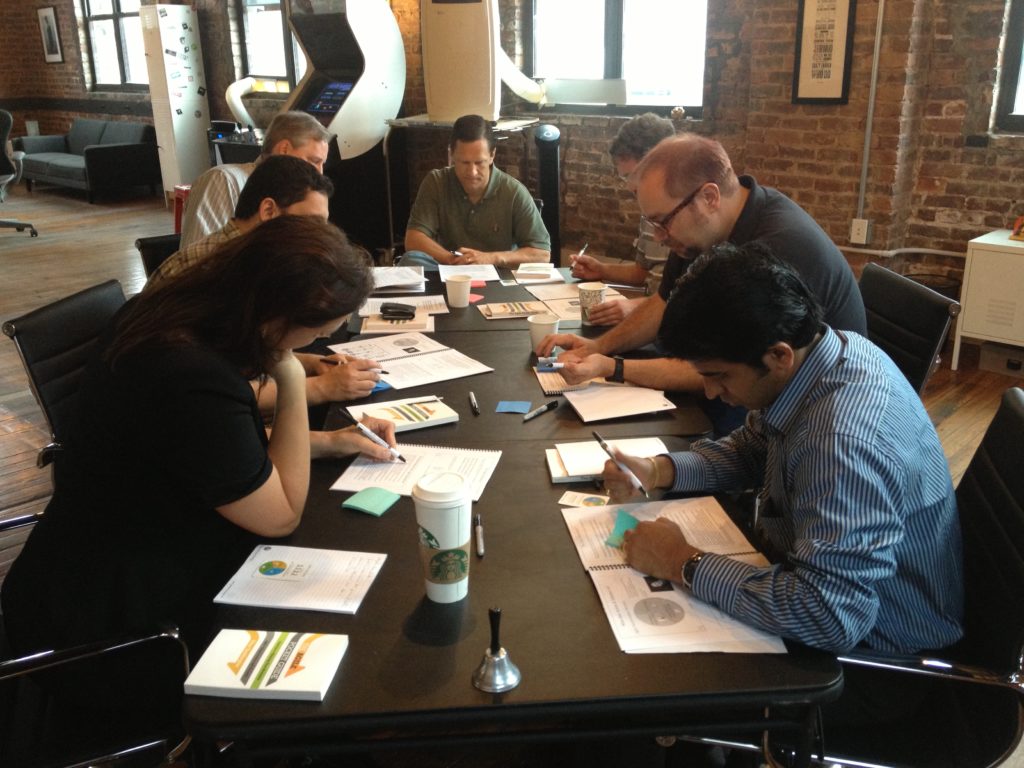6 Guidelines for Understanding and Bringing About Change

The Agile Change Agent – Understanding Change
As an Agile Coach, I have realized over time that cultural change is something not fully understood nor embraced enough during the process of bringing Agile into a company. Whether it is an Agile adoption, or moving towards transformation, we must take a deeper look into what change is for software development teams, departments, and enterprises alike.
I’ve decided to tackle this in a four part series, taken from my experience. Feel free to comment and let me know if I’ve missed anything
Change is not an option, therefore …
We must recognize our role as “change agent.” We do not just keep the software development running smoothly and manage the day to day activities. We are more than that. We’re Agile coaches! We must recognize that change happens and we must be prepared to handle it or deal with or strategize with it. This means we must have certain skills.
- We must identify the needed coaching that is essential for the teams and enterprises. What is the primary value-add? Why are we doing Agile? What problems are we trying to solve?
- We must help the people within the enterprise understand and follow the coaching recommendations and why it is valuable to improve and change. Coaching is so much about shepherding teams and companies through the process. Change is hard. Sometimes it hurts.
- We must show the benefits of the changes. ROI anyone? Metrics? What is the value proposition at the end of the day?
- We must strengthen their motivation to move in a certain “new” direction. This can take time. This is the long-term role of an Agile Coach. Embedded coaching works, but it’s not going to be a 1-month turn around. Get deep. It’s going to be a long winter.
6 Guidelines for Understanding and bringing about Change:
1. Be slow to make changes and take your time understanding the environment. Some ‘traditions’ and some ‘ceremonies’ of the current teams/departments/enterprises are useful. Listen, observe, first:
- relationship-building is important
- traditions are precious to teams and companies
- the risk of insulting them with “your way” is stronger in the beginning of your tenure with a client
- building credibility should not be underestimated – You may be a rockstar, but a new team and new company is always a new challenge.
2. Recognize that changing people is more important than changing things:
- Attitudinal change, the process of human behavior, develops as people are able to relate to one another in a significant way
- Tools are great, but don’t jump at tools to fix anything. A fool with a tool… is still a fool.
3. Recognize that change begins at the point of greatest control:
- Don’t begin making change where someone else has, or seems to have, greater control
- Make changes in the area where you have control and where it is directly related to your assigned responsibilities – Hopefully you have access to all the levels and levers of change…
- Observe the culture. See how the ebbs and flows of a company work. You’ll find the pinch points in no time.
4. Recognize that change is facilitated by wider participation and solid planning:
- Decentralization is key … get more people involved
- The more people involved, the greater the enthusiasm for the change
- Planning is important. A solid assessment of the culture and solid experiences of change will help here.
5. Suggest that change is directly related to the maturity of the group:
- A self-focused (nostalgic) group is typically resistant to change
- This group must be moved to a greater maturity … because mature people recognize that we can’t always have everything “our way.”
6. Change begins at the point of the most predictable result:
- Can you determine what will likely happen if you suggest change or actually make it? Predictability is important.
- What happens when we change this? What happens if we modify that? It is important to know how a companies culture is entangled and entwined together… pull one string… see what either gets tied up… or falls away.





Responses